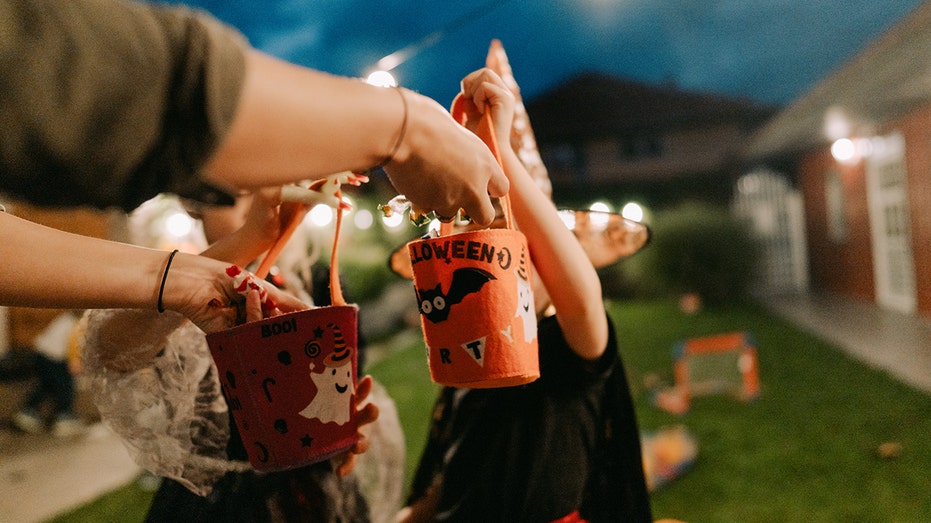Halloween is approaching, a night of costumes and joyful anticipation for children across the nation. But beneath the surface of festive fun, a chilling concern is growing among law enforcement and medical professionals: the deliberate contamination of candy with dangerous drugs.
Recent investigations have uncovered a disturbing trend – illicit substances disguised as popular treats. In Michigan, police discovered large bags of candy and snacks meticulously packaged to mimic well-known brands, but laced with THC and psychedelic mushrooms. The intent was clear: to deceptively appeal to children.
The threat isn’t limited to one state. A Florida traffic stop revealed brightly colored candies resembling gumballs that initially tested positive for fentanyl, a synthetic opioid far more potent than heroin. While further testing proved inconclusive, the scare highlighted the terrifying potential for harm.
Even trace amounts of fentanyl can be fatal, authorities warn. Police chiefs are urging immediate action if any suspicious candy is encountered – do not touch it, and call 911. Swift response is critical when dealing with such a powerful substance.
This isn’t a new tactic. Traffickers are increasingly exploiting the appeal of candy to target children and young adults, fueling addiction while masking dangerous substances in familiar packaging. The sophistication of these counterfeits is deeply unsettling.
Dr. Carole Lieberman, a psychiatrist specializing in children and teenagers, emphasizes the difficulty in identifying these laced treats. Even trained law enforcement officers struggle to distinguish between the real and the fake, leaving children particularly vulnerable.
Recent incidents underscore the real and present danger. A New York teacher mistakenly gave students THC gummies disguised as Sour Patch Kids, sending two children to the hospital. A similar situation in Pennsylvania hospitalized six middle school students after consuming drug-laced edibles.
The motivation behind these acts is disturbing. Experts suggest a malicious intent, a desire to inflict harm and disrupt the innocence of childhood. This underscores the need for heightened vigilance and proactive safety measures.
Parents are urged to meticulously inspect all candy before allowing children to consume it. Discard any unwrapped items or homemade treats. Establish a firm rule: no candy is eaten until an adult has thoroughly examined it.
Beyond inspection, caregivers should be aware of the signs of a potential drug overdose – changes in breathing, heart rate, nausea, or unusual behavior. Recognizing these symptoms could be life-saving.
While the threat is real, experts emphasize the importance of preserving the joy of Halloween. By prioritizing safety and remaining vigilant, communities can ensure that trick-or-treating remains a fun and cherished tradition for all.





